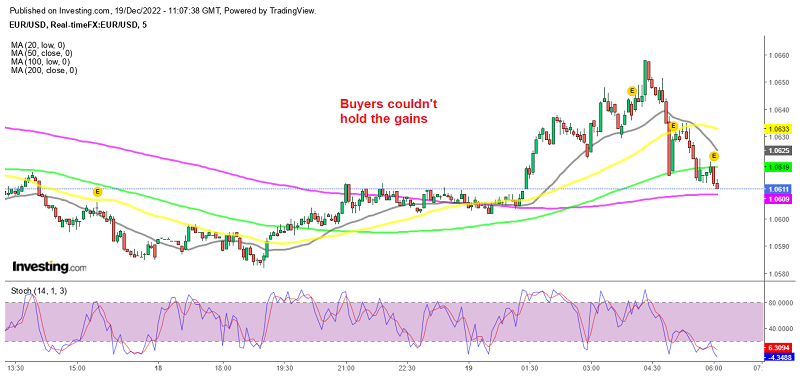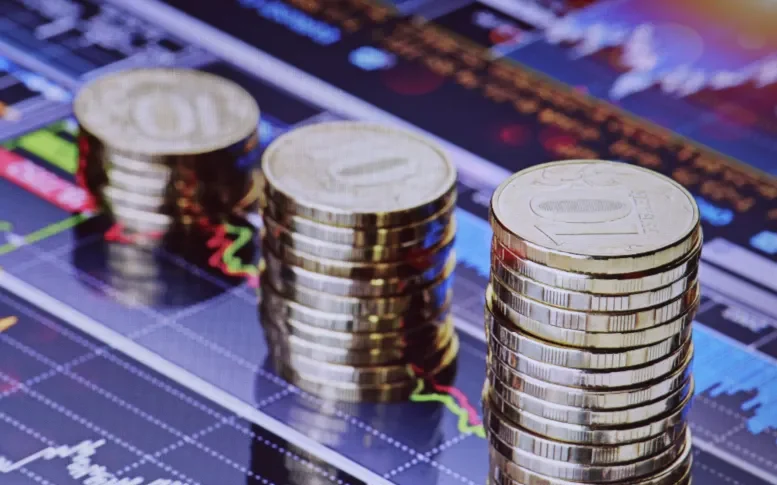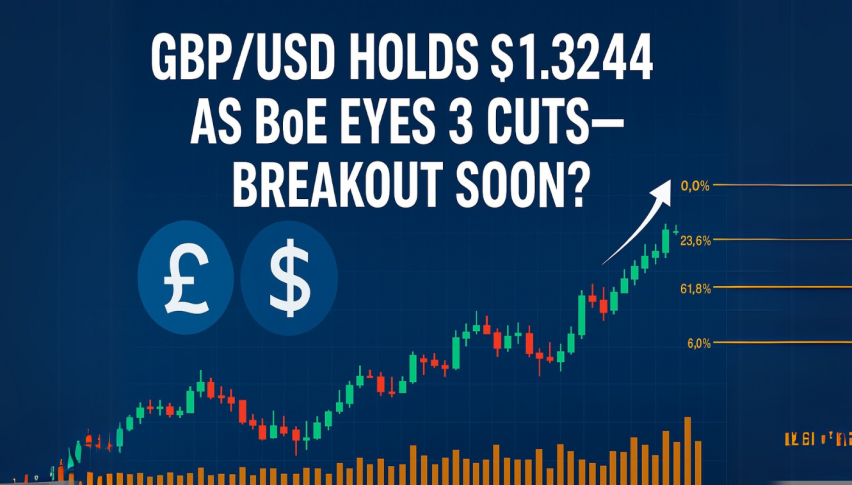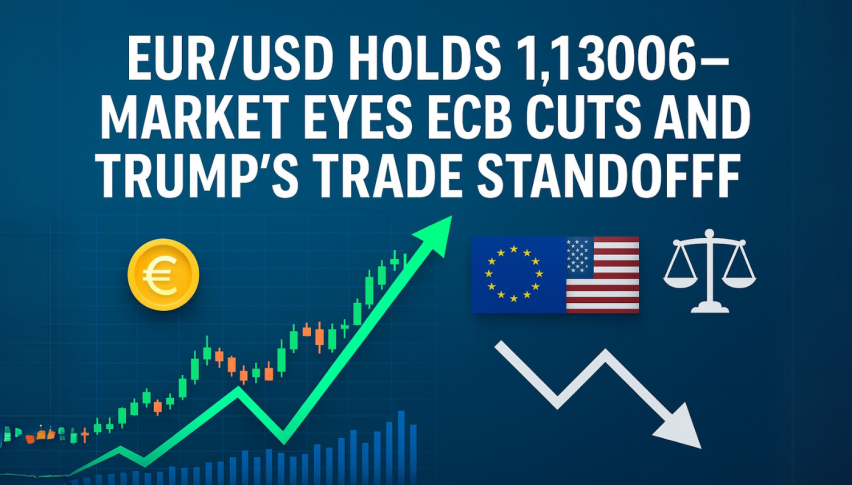Uncertainty in USD Pairs As the Economy and Inflation Slow Further
The market sentiment seems confused between risk assets and the USD as global economy slows

Central banks raised interest rates by 50 basis points (bps) last week, starting with the FED, followed by the ECB, the BOE, and the SNB. They tried to sound less hawkish than the market had expected, which gave the USD a push higher, and risk assets such as stock markets and cryptocurrencies retreated lower. But, it seems like the bond market isn’t convinced about this.
The first thing you can notice is the inversion of the yield curve, which is still at 70 bps despite the bull flattening on Friday. The other thing is the retreat in 2-year treasuries since early November and the rate of 4.16%. That is well below the FED’s current interest rate of 4.375% after the recent hike and well below the +5% terminal rate top of the FOMC forecast in the dot plot. Yields tried to move up last Friday but finished lower:
- 2-year treasuries -8.3 bps to 4.16%
- 10-year treasuries +2 bps to 3.71%
- 30-year treasuries +2.7 bps to 3.52%
The FED fund futures are pricing a terminal top at 4.82% while inflation is heading down to 4.32% next year. What I think we’re going to see is It seems like inflation is heading lower because of slowing economic activity, and the market is sensing as well. That has left EUR/USD uncertain now and we decided to open a sell signal after the reversal lower, following the jump last night. Last week’s S&P Global PMI showed that services are in the worst four-month decline since 2009.
Chris Williamson, Chief Business Economist at S&P Global Market Intelligence said:
“Business conditions are worsening as 2022 draws to a close, with a steep fall in the PMI indicative of GDP contracting in the fourth quarter at an annualised rate of around 1.5%. Jobs growth has meanwhile slowed to a crawl as firms across both manufacturing and services take a much more cautious approach to hiring amid the slump in customer demand.”
EUR/USD Live Chart
- Check out our free forex signals
- Follow the top economic events on FX Leaders economic calendar
- Trade better, discover more Forex Trading Strategies
- Open a FREE Trading Account



